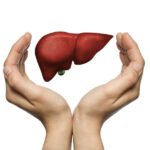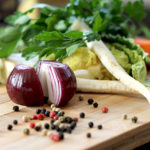
More




If you can't absorb an adequate amount of nutrients from your diet, supplements may be in order. But those with digestive issues and sensitivities can't pick just any product on the shelves. In this post, we share some considerations you'll want to keep in mind when picking your supplements.

